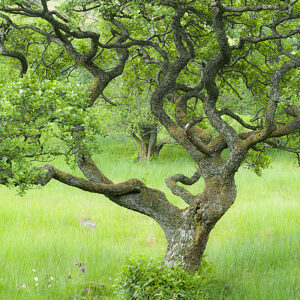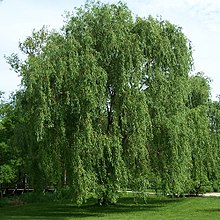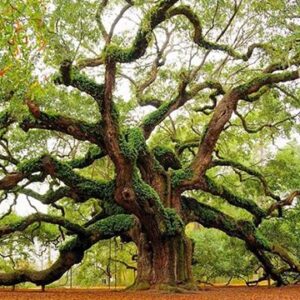
Celtic Fire Festival: Celebrating Beltane
Beltane is the midpoint between the Spring Equinox and the Summer Solstice. It is called a ‘cross-quarter’ and is also a fire festival, celebrated around 1st May. The origins of the name are not clear, although ‘fire of Bel’, the bright or shining one, or simply ‘good fire’ are reasonable suppositions.
Abundance of spring
Beltane is the peak of spring and the first hint of summer. What was set in motion at the Spring Equinox in the form of buds and shoots, as well as the seeds of ideas, is manifesting itself. Nature is abundant with flowers, the hawthorn tree drips with May blossom and everything is vibrant. At Beltane, male and female come together in unabashed sexuality. Young people would spend the night in the woods ‘a-maying’ and married couples could abandon their vows for the night.
There is nothing subtle about the ancient festival of Beltane. Nature itself is rampant. The sap rises with great velocity, flower buds fly open seemingly overnight, and the hedgerows are heady with the sensual smell of cow parsley and May blossom. In the ancient world, no separation was perceived between sexuality and spirituality, neither was the fecundity of the animal kingdom considered as separate from humankind. If all of nature was throbbing with life’s energies, then the Earth people would participate and honour it.
Sacred Beltane rites
Beltane, then, is the time for lovers to celebrate their sexual nature – marital duties have no place at this time. Their lovemaking recreates the sacred union of the Earth Goddess and Horned God and the energy released helps to fertilise the land on which they lie.
The Roman festival of Floralia
The Celtic Beltane festival is rooted in the Floralia festival of the Romans, which took place at the beginning of May. The goddess of blossoming plants, Flora, was worshipped to ensure a fruitful harvest.
The Romans celebrated Floralia by releasing animals associated with fertility and frequent breeding, such as hares and goats. Women wore bright-coloured clothes to represent flowers, and garlands in their hair.
Feasts were held and the tables covered with sweet smelling roses, synonymous with lovers.
Wild celebrations
The wine flowed freely on this night, releasing people’s inhibitions so they might make love more easily. It was a sacred, as well as a ribald, festival.
Beltane in the modern world
Beltane marked the start of the summer and the beginning of the pastoral season and celebrations focused on sexuality, fertility and abundance.
The lord of the Greenwood and Queen of the May symbolise the divine union of male and female. The traditional maypole is a symbol of the male phallus and the female principle is represented by baskets and wreaths, while the weaving of red and white ribbons symbolises their interconnection.
Modern May Day
Nowadays we still have maypoles, but the male god has gone. Christianity kept the Queen of the May, but transformed her into a symbol of virginity, purity and chastity.
Beltane used to be a time when everyone, with their class or status suspended for a day, went ‘a-maying’. Thus, with May Day already associated with the masses, it was natural that May Day has become a modern-day worker’s holiday in many places around the world.



